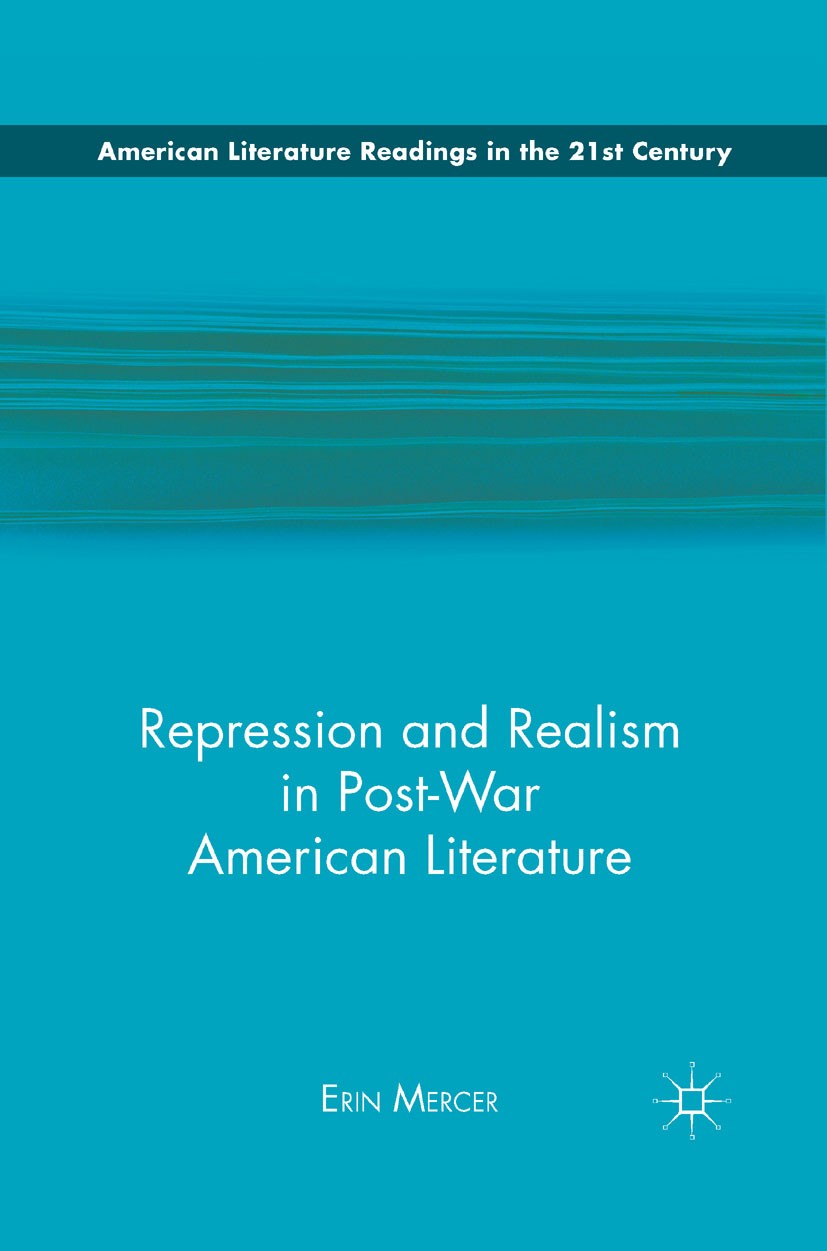| 书目名称 | Repression and Realism in Post-War American Literature |
| 编辑 | Erin Mercer |
| 视频video | http://file.papertrans.cn/828/827543/827543.mp4 |
| 丛书名称 | American Literature Readings in the 21st Century |
| 图书封面 |  |
| 描述 | This study of fiction produced in America in the decade following 1945 examines literature by writers such as Kerouac and Bellow. It examines how, though such fiction seemed to resolutely avoid the events and implications of World War II, it was still suffused with dread and suggestions of war in imagery and language. |
| 出版日期 | Book 2011 |
| 关键词 | America; Amerikanische Literatur; fiction; realism |
| 版次 | 1 |
| doi | https://doi.org/10.1057/9780230119093 |
| isbn_softcover | 978-1-349-29393-3 |
| isbn_ebook | 978-0-230-11909-3Series ISSN 2634-579X Series E-ISSN 2634-5803 |
| issn_series | 2634-579X |
| copyright | Erin Mercer 2011 |
 |Archiver|手机版|小黑屋|
派博传思国际
( 京公网安备110108008328)
GMT+8, 2025-12-14 07:08
|Archiver|手机版|小黑屋|
派博传思国际
( 京公网安备110108008328)
GMT+8, 2025-12-14 07:08


